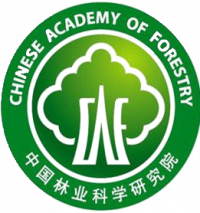分享到
Divergence of a genomic island leads to the evolution of melanization in a halophyte root fungus
2021
期刊
The ISME Journal
作者
Zhilin Yuan
· Irina S. Druzhinina
· John G. Gibbons
· Zhenhui Zhong
· Yves Van De Peer
· Russell J. Rodriguez
· Zhongjian Liu
· Xinyu Wang
· Huanshen Wei
· Qi Wu
· Jieyu Wang
· Guohui Shi
· Feng Cai
· Long Peng
· Francis M. Martin
- Springer Science and Business Media LLC
- ISSN: 1751-7362
- DOI: 10.1038/s41396-021-01023-8



